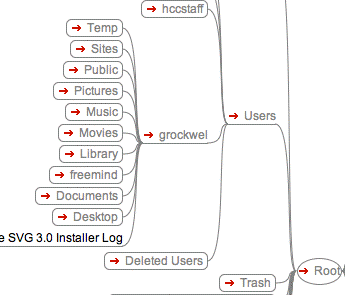I’ve been fascinated by the idea of wearable digital badges that could be programmed with messages. There are some affordable packages like the MessageTag or Mtag. The question (before I buy one) is … just what would I program it to display?
A related, but more sophisticated, product is nTAG which is essentially a small screen others can read off your chest. It has RFID and infrared so nTAGs can communicate with each other (“Hi, I like vanilla ice cream too!”) or with a central server. The nTAG web site is coy about privacy and costs. I think they rent you the service and don’t sell the technology, which is a pity, as it would be interesting to imagine some playful uses. For a story about nTAG, see Breaking the Ice 2.0.
